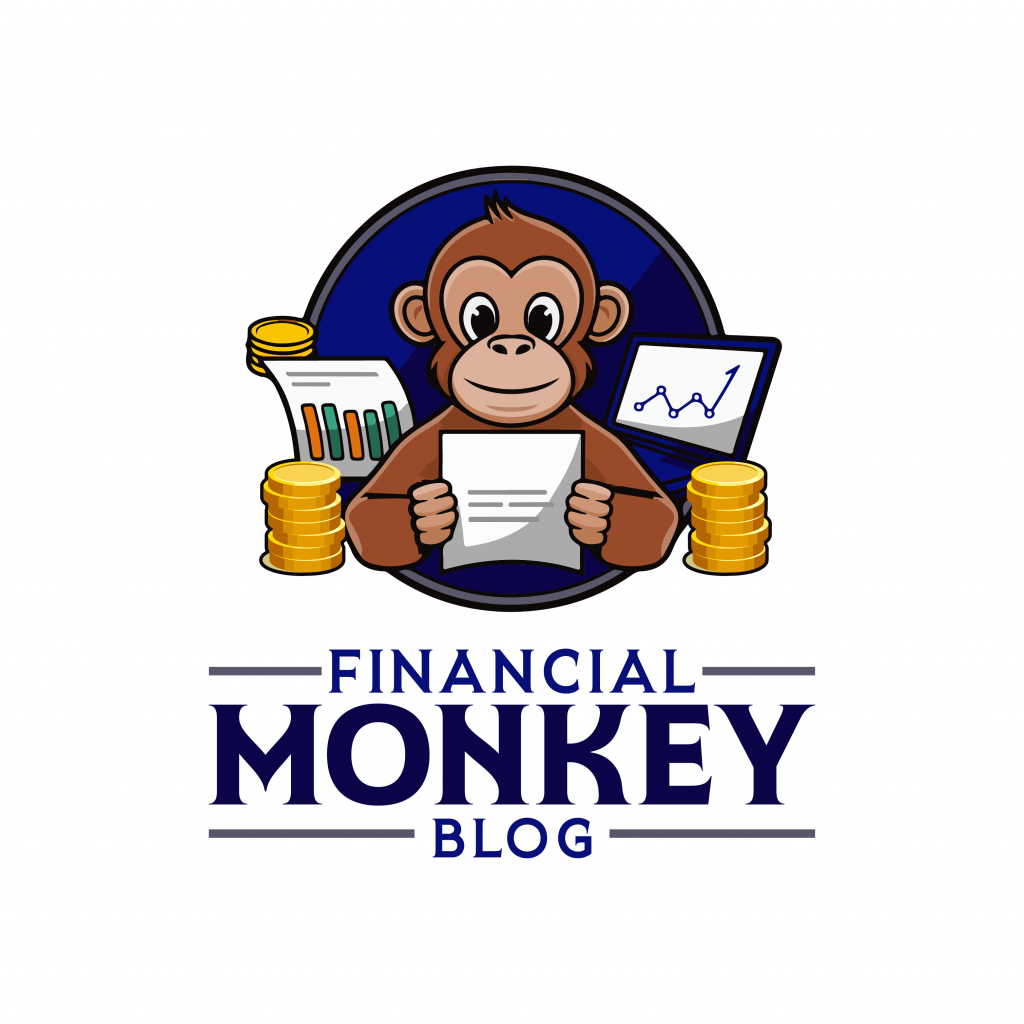Trump’s 20% Tariff Plan: Economic Risks, Market Reactions, and the Political Playbook Behind ‘Liberation Day’
Former President Donald Trump is floating a bold trade proposal that could redefine U.S. economic policy: a flat 20% tariff on nearly all imported goods. Dubbed “Liberation Day,” the proposal is framed as an aggressive move to cut the U.S. trade deficit, protect American jobs, and push companies to bring manufacturing back to the U.S.
But economists, trade experts, and business leaders warn it could backfire—raising prices across the board, provoking global retaliation, and increasing economic volatility at a time when inflation is still above the Federal Reserve’s 2% target.
Here’s a closer look at what the plan could mean.
A 20% Tariff Across the Board: How It Would Work
Unlike targeted tariffs that apply to specific countries or sectors, the proposed policy would apply to virtually all imports into the U.S.—from cars and steel to sneakers and smartphones. According to Trump, the 20% rate is a “simple, strong” solution to decades of what he describes as unfair trade practices.
By taxing all imports, Trump argues, the U.S. would level the playing field and raise hundreds of billions of dollars in revenue—while also incentivizing companies to manufacture domestically.
However, critics note that tariffs are effectively a tax on consumers. When the cost of importing goods goes up, businesses usually raise prices to cover the difference.
Tariff-Driven Economic Risks: Inflation, Job Losses, and Supply Chain Disruptions
Consumer Prices Would Rise
Tariffs typically increase costs throughout the supply chain. In this case, a 20% increase on virtually every imported good would likely lead to immediate price hikes at the retail level.
Example: If a smartphone currently imported at $1,000 faces a 20% tariff, the wholesale cost jumps to $1,200. That cost increase would either shrink profit margins or be passed directly to consumers.
Data from Trump’s first term shows similar effects. A 2019 study by the New York Fed, Columbia University, and Princeton University found that U.S. consumers bore nearly the full cost of tariffs on Chinese goods—amounting to an estimated $1.4 billion per month in added consumer costs.
How a 20% Tariff Could Disrupt Supply Chains: Higher Costs, Delays, and Reduced Output
The U.S. economy is deeply integrated into global supply chains. Even American-made products often rely on imported components. A flat 20% import tax would raise costs for manufacturers relying on foreign parts and materials.
Sectors at high risk include:
- Automotive: Vehicles are built from thousands of globally sourced parts. A blanket tariff would hit everything from German transmissions to Japanese sensors, leading to price hikes on finished cars. The Center for Automotive Research estimates vehicle prices could rise by $4,000–$6,000 on average.
- Consumer Electronics: Nearly all smartphones, laptops, and TVs are assembled overseas. Apple, for example, relies heavily on China for iPhone assembly, even though some components are U.S.-made. A broad tariff would disrupt that model—and likely push up prices.
- Agriculture: The last time the U.S. imposed major tariffs, countries like China, Mexico, and Canada responded with retaliatory duties on American farm exports. Soybeans, pork, and dairy were hit hard, leading to billions in lost revenue and emergency subsidies for farmers.
Political Strategy: Why Trump’s Base Supports the Tariff
Trump’s tariff proposal is about more than economics—it’s a political statement. It reinforces his “America First” platform and appeals directly to working-class voters in Rust Belt states who have felt left behind by globalization.
Messaging Power
Calling it “Liberation Day” frames the tariff as a patriotic reset, not a tax. It taps into a narrative of reclaiming U.S. sovereignty from multinational corporations and foreign governments. This branding gives the policy emotional appeal, even if the economic logic is contested.
Electoral Map Play: How the Tariff Targets Key 2024 Battleground States
Tariffs play well in politically crucial states like Pennsylvania, Ohio, Michigan, and Wisconsin—regions where manufacturing job losses have fueled resentment toward trade deals like NAFTA and the rise of China.
Voters in these areas helped deliver Trump the White House in 2016. Re-energizing that coalition could be central to his 2024 strategy, especially as he faces President Biden in what’s expected to be another close race.
Market Response to Trump’s Tariff Plan: Volatile Stocks and Shaky Business Confidence
The markets reacted quickly to the “Liberation Day” proposal. When the plan was mentioned in recent Trump speeches and campaign events, investors sold off risk assets.
- The Nasdaq dropped over 2% on the day the plan gained national media attention.
- S&P 500 and Dow Jones Industrial Average also posted losses before rebounding slightly.
Tech stocks and consumer goods companies were among the hardest hit. Companies with heavy import exposure—like Walmart, Apple, GM, and Nike—face both higher input costs and potential drops in demand if prices rise.
Business Leaders Sound the Alarm
Several of the largest business groups, including the U.S. Chamber of Commerce and the Business Roundtable, have raised alarms. They argue that the plan could derail the economic recovery underway, raise inflation, and prompt retaliatory trade measures by competitors and allies.
Bottom Line
Trump’s proposed 20% “Liberation Day” tariff is a high-risk, high-reward political wager. To friends, it’s a daring move to rebuild domestic industry and shatter trade dependency. Critics warn that it could trigger a new wave of inflation, hurt middle-class consumers, and disrupt world trade.
As the 2024 campaign intensifies, the tariff proposal can be anticipated to become a prime area of disagreement between Trump and his opponents—Republican and Democratic.
Whether the voters will swallow short-term economic pain for the promise of ultimate trade rebalancing remains to be seen.
Sources:
Yahoo finance
Vox
AP news
Nypost


Leave a Reply
You must be logged in to post a comment.